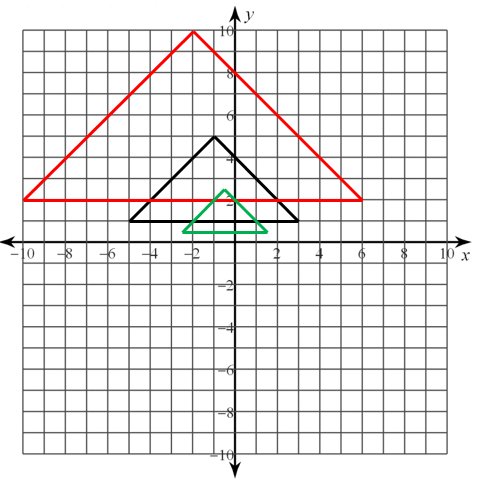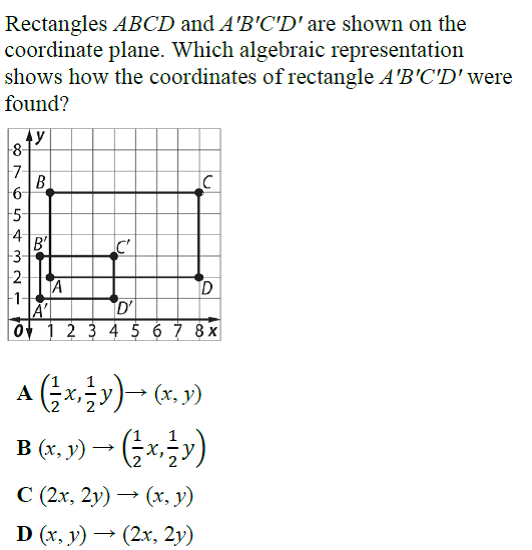
Unit 7 (Transformations) Quiz 1 (Dilation)
Assessment
•
Deleted User
•
Mathematics
•
8th Grade
•
60 plays
•
Hard
Improve your activity
Higher order questions
Match
•
Reorder
•
Categorization
.svg)
actions
Add similar questions
Add answer explanations
Translate quiz
Tag questions with standards
More options
10 questions
Show answers
1.
Multiple Choice
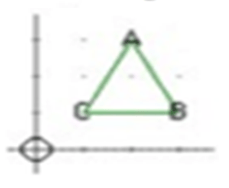
Triangle ABC is dilated from the origin with a scale factor of 3. Which of the following is the new coordinate for point A?
(3x, 3y)
(x + 3, y + 3)
(1/3x, 1/3y)
(x-3, y-3)
2.
Multiple Choice
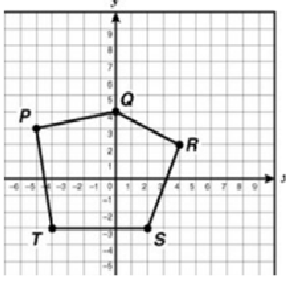
Look at point T on the pentagon below. If the pentagon is dilated by a scale factor of 1/2 from the origin, what will be the new location of point T.
(2x, 2y)
(x+2, y+2)
(1/2x, 1/2y)
(x+1/2, y+1/2)
3.
Multiple Choice
Triangle RST with vertices R(-8, 2), S(-8, -6) and T(4, -6) is dilated by a scale factor of 1.5. Which statement is false?
Triangle RST is smaller than triangle R'S'T'.
The algebraic representation for the dilation is (x, y) --> (1.5x, 1.5y).
Triangle RST is bigger than triangle R'S'T".
Triangle RST and R'S'T' are similar.
4.
Multiple Choice
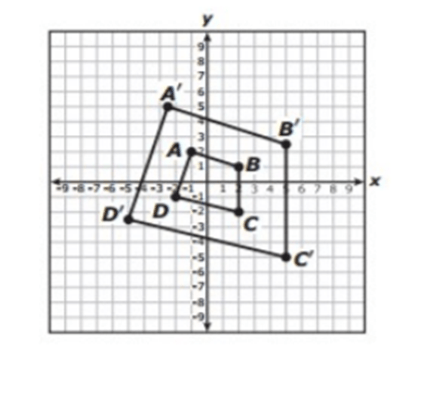
Quadrilateral ABCD was dilated with the origin as the center of dilation to create quadrilateral A'B'C'D'.
Which rule best represents the dilation that was applied to quadrilateral ABCD to create quadrilateral A'B'C'D'?
(x, y) --> (0.4x, 0.4y)
(x, y) --> (x + 3, y + 1.5)
(x, y) --> (2.5x, 2.5y)
(x, y) --> (x - 1.5, y + 3)
5.
Multiple Choice
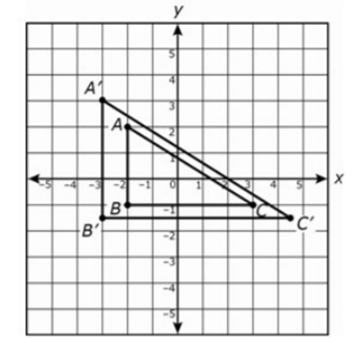
Triangle ABC and its dilation, triangle A'B'C', are shown.
Which statement about triangle ABC and triangle A'B'C' is true?
The angles of triangle A'B'C' will be 1.5 times greater than the angles of triangle ABC.
The angles of triangle A'B'C' will be 2/3 of the angles of triangle ABC.
The sidle lengths of triangle A'B'C' are 1.5 times the side lengths of triangle ABC.
The side lengths of triangle A'B'C' are 2/3 of the side lengths of triangle ABC.
6.
Multiple Choice
A(3,3) B(6,6) C(9,3)
A'(9,9) B'(18,18) C'(27,9)
A'(6,6) B'(9,9) C'(12,6)
A'(0,0) B'(3,3) C'(6,0)
A'(1,1) B'(2,2) C'(3,1)

Explore this activity with a free account
Find a similar activity
Create activity tailored to your needs using
.svg)

Transformations of Functions
•
11th - 12th Grade

Translations
•
8th Grade

Rigid Transformations
•
6th - 8th Grade

Reflections
•
8th - 12th Grade

Reflecting Points on the Coordinate Plane
•
6th Grade

Transformations
•
3rd - 5th Grade

Dilations
•
8th Grade

Slides, Flips, and Turns
•
3rd Grade
